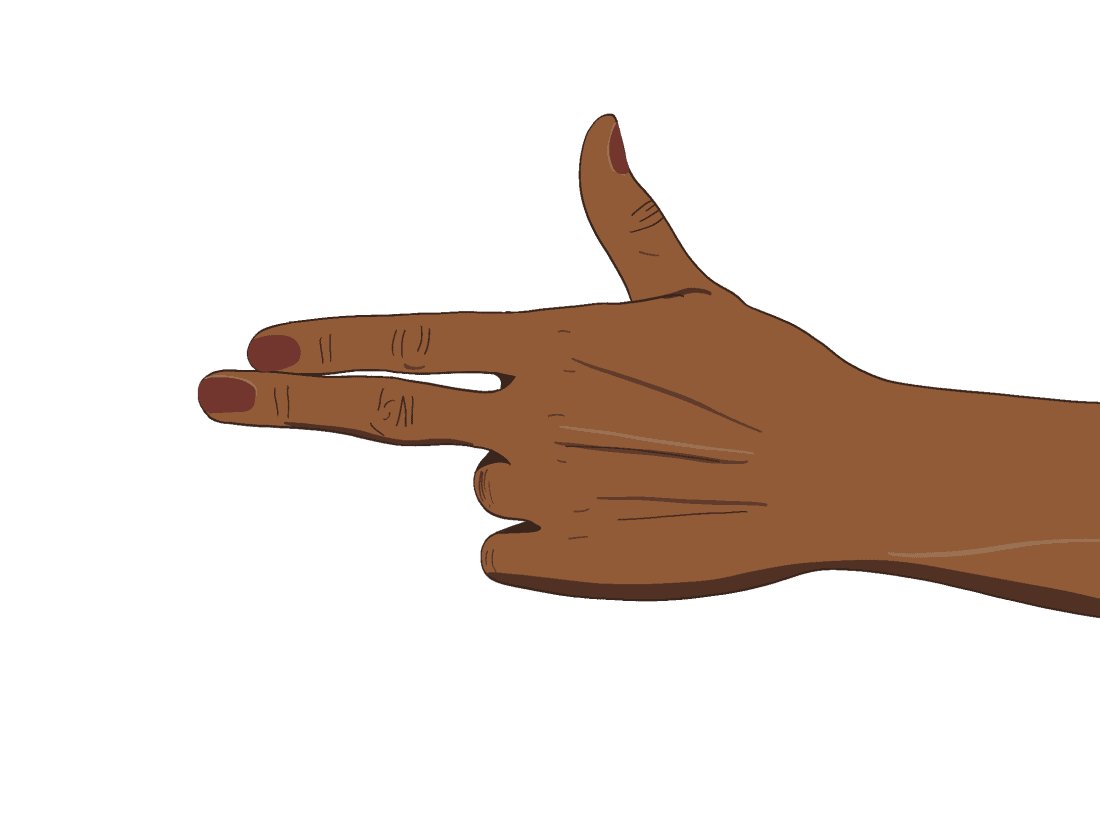
Last summer, I took some time to find and consume media and art by black people, which led me to watch quite a few Netflix shows.
One thing I found coming up again and again in the plots was police brutality. It came up in She’s Gotta Have It, where a homeless man is imprisoned after a white woman calls the police on him for sitting on the front steps of her brownstone.
Dear White People sees a black college student getting a gun pulled on him by an officer for not getting his identification out fast enough. Even See You Yesterday, a movie about time travelling teenagers, is based around the protagonist’s brother getting shot by police.
The point that these shows are trying to make — that there is a very real and serious issue with police brutality against black people in North America — is an important one that isn’t being taken seriously enough by people in power.
However, hearing about these difficult and graphic issues again and again takes its toll.
Though black people have been experiencing violence at the hands of police for much longer, the ubiquity of cameras and recording devices that came with the advent of the 21st century has brought a lot more attention to these issues. Now, we can see them happening — no matter where we are in the world.
Instead of just reading about the death of Eric Garner in the newspaper, we saw video footage of him being pushed to the ground and asphyxiated to death by police officers despite his repeated pleas that he couldn’t breathe. The same happened with 12-year-old Tamir Rice, whose crime was playing with a toy gun.
Though these videos are meant to keep police accountable, what they’re really doing is desensitizing the public to the pain of black people. This reality is especially depressing because a majority of the police officers caught on tape are acquitted of their crimes.
The lack of justice is a difficult thing to constantly be reminded of, and the more we see this happen and the more guilty officers go free, the less our emotional reactions will be the next time something similar happens. And, judging from the track record, there will be plenty of ‘next times.’
Though it is important for black people to tell our own stories and deal with the trauma from these issues in any healthy manner we can find, the repeated exposure to the pain of black people is creating public apathy towards their issues.
While I don’t claim to have any of the answers as to how to deal with this, we need to find ways to care for our own mental health that still allow us to be present and active in this issue. We cannot ask people to stop creating art about this issue because it is their therapy, but constantly consuming it is taking a mental toll on us.
—
Tomilola Ojo/ Culture Editor
Graphic: Shawna Langer/ Graphics Editor